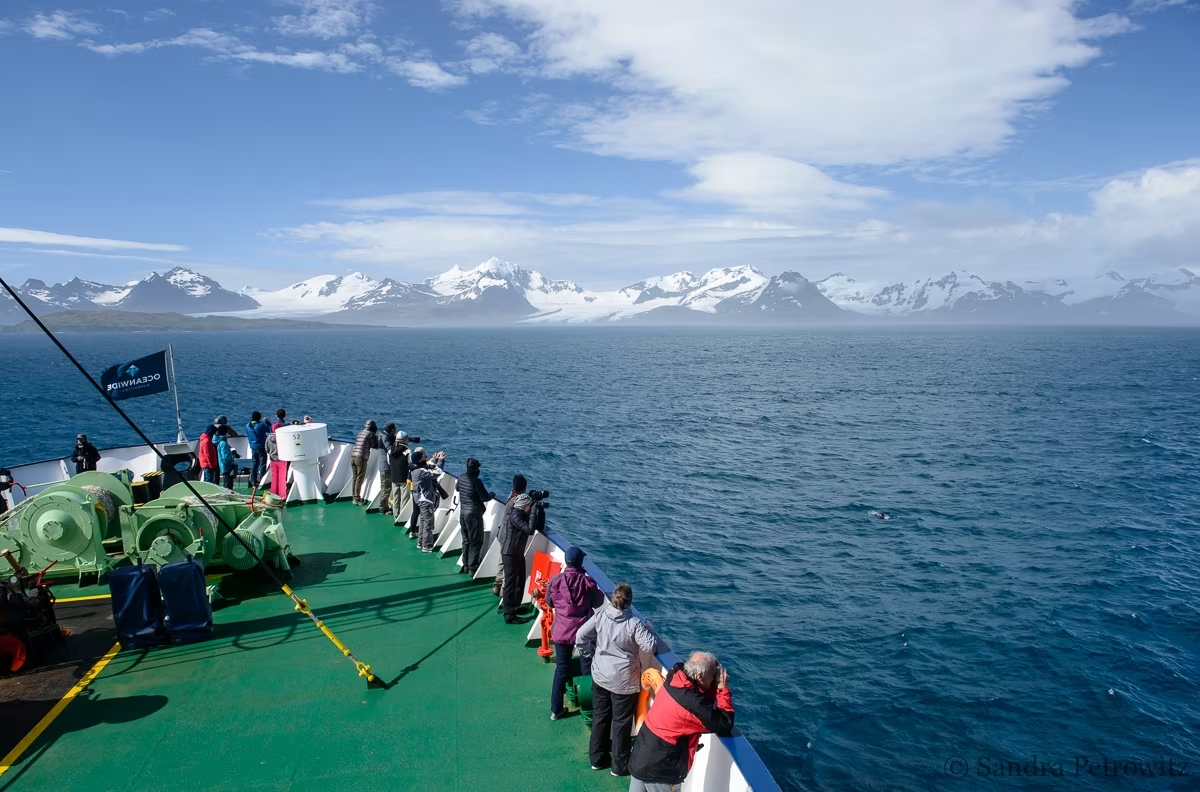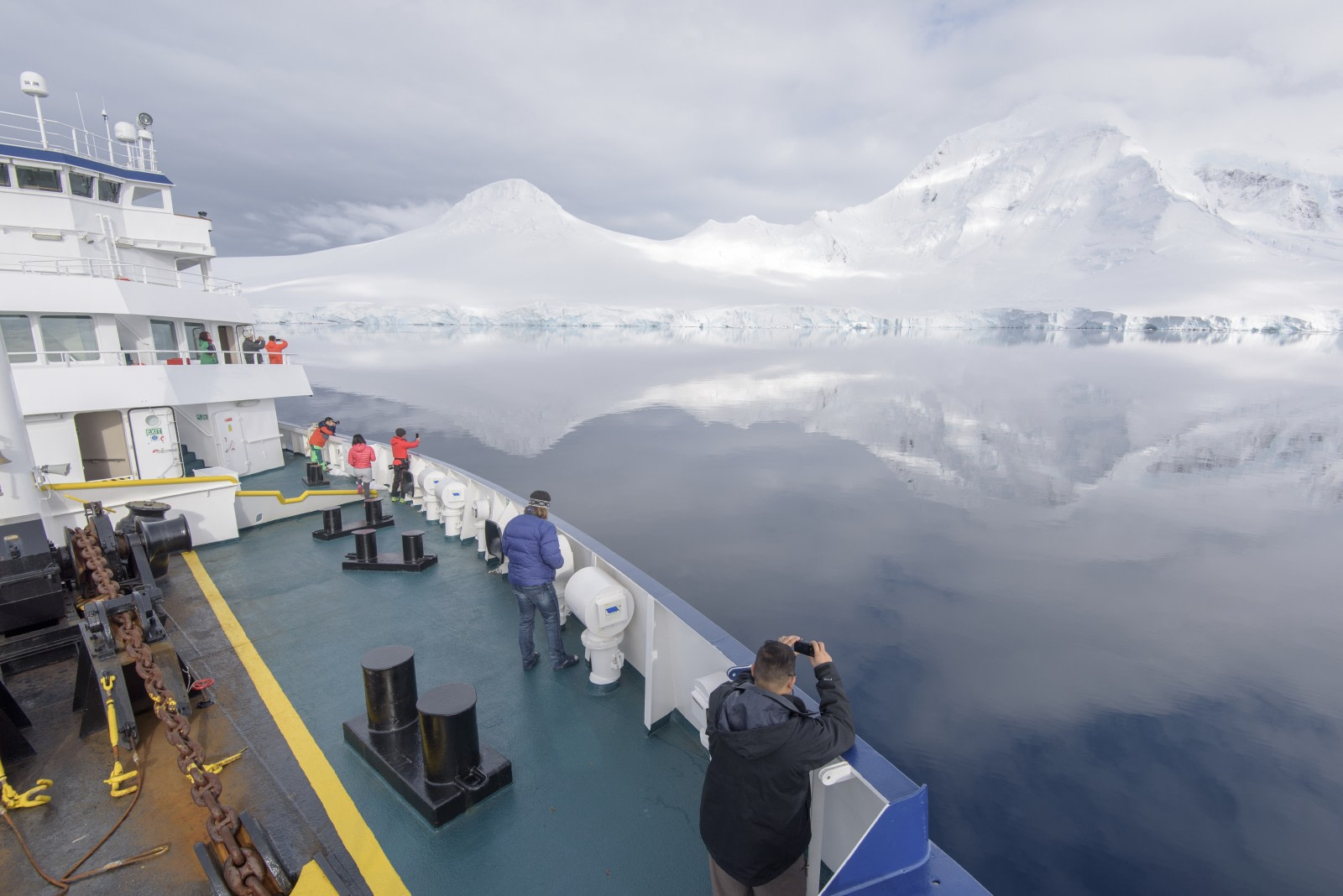The evolution of polar expedition travel
These days you can book a few tickets, take a few flights, and embark on an expedition cruise to areas that just over a century ago represented the outer limits of earthly exploration.
Shackleton would be impressed, if not a little bitter.
But this ease of polar travel, as well as the market that developed alongside it, didn’t happen overnight. And compared to the cruise counterparts in the Caribbean and Mediterranean, expedition tourism was somewhat late to the game.
Not that it’s failing to make up for lost time: Today polar cruising is in full boom, building and sending ship after polar-class ship to places like Greenland, Svalbard, Northern Norway, the Falklands, and well over a hundred Antarctic destinations.
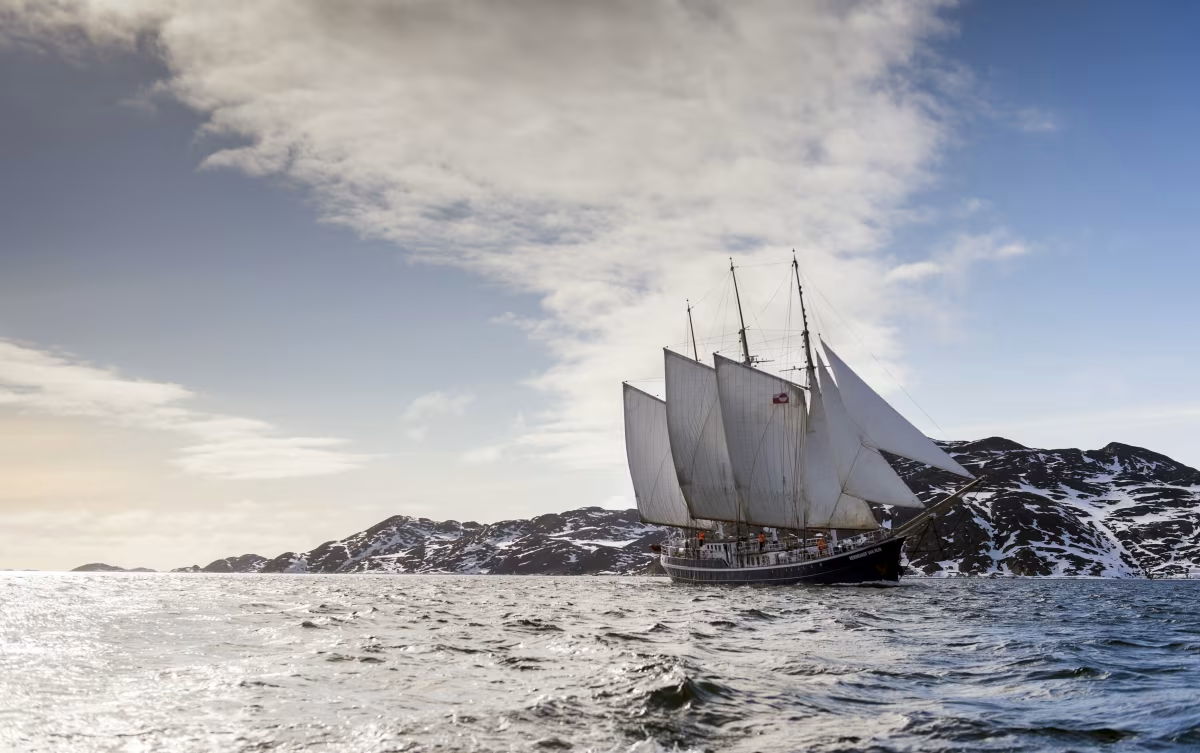
Not only that, Arctic and Antarctic trips are becoming more sophisticated every year, incorporating various wildlife goals, outdoor activities, and onboard amenities.
But how did it all start, this strange combination of the rugged and the civilized? How did the terra australis of the ancient world become a modern-day tourisme de masse?
The origins, it turns out, were actually quite humble.
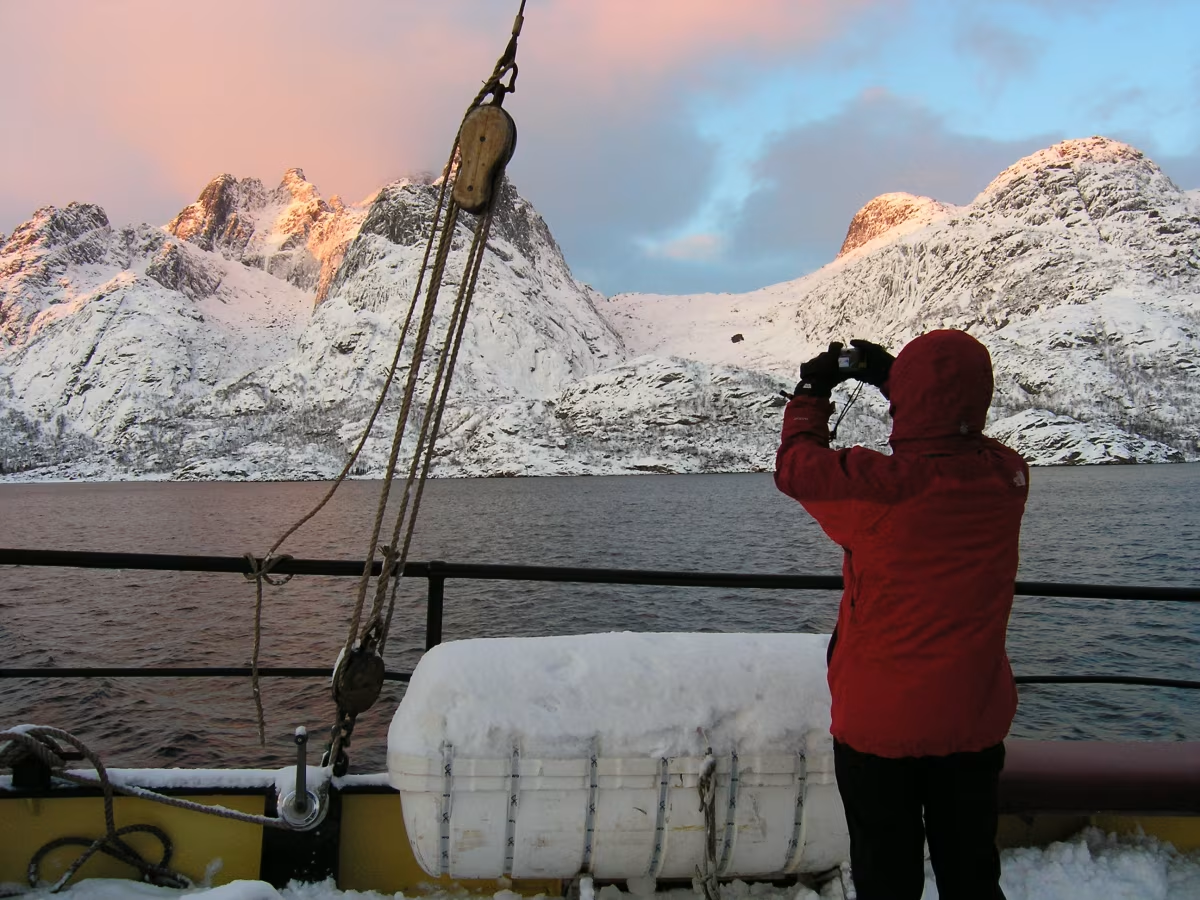
Past progress into Arctic and Antarctic tourism
The first polar pleasure trips took place in the Arctic, starting in 1893 along the Northern Norway coastline.
These early voyages were operated by the Norwegian shipping company that formed Hurtigruten, sailing a summer route between Trondheim and Hammerfest and a winter route between Trondheim and Tromsø.
Other less-regular voyages of the late 19th century enabled adventurous souls to join whalers sailing from Tromsø to Spitsbergen, which is still a popular polar bear hotspot in the Svalbard archipelago.
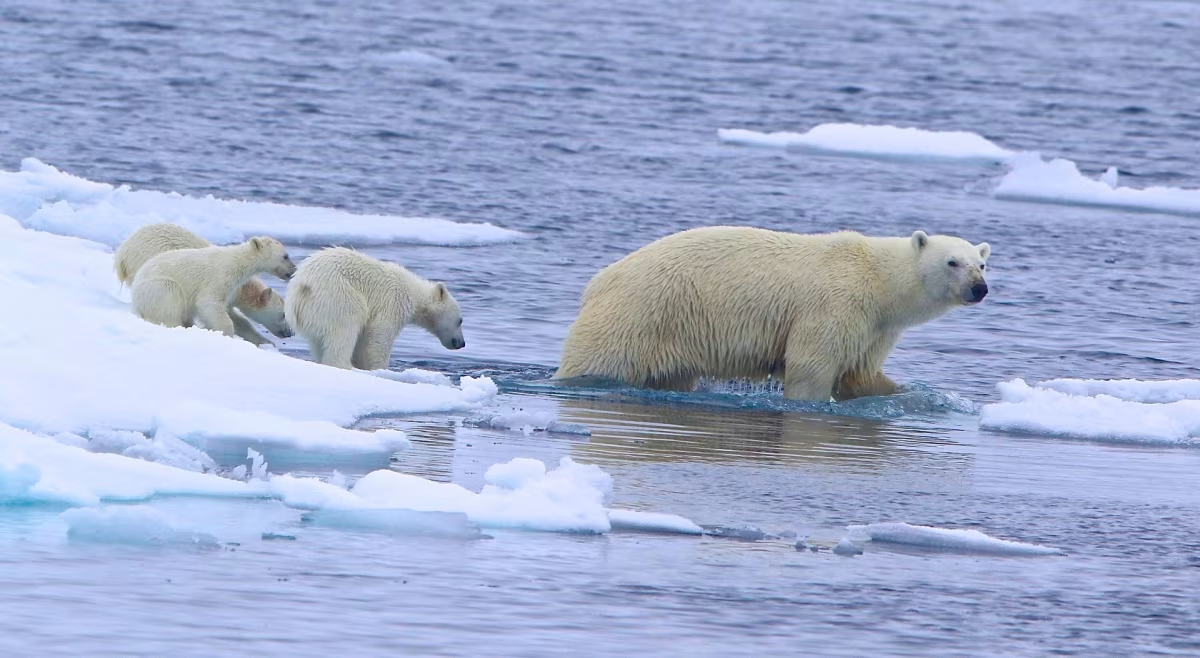
Later in 1900s, the Hudson’s Bay Company tried unsuccessfully to capitalize on the eponymous Hudson Bay area, offering limited Canadian cruises aboard their re-supply vessel between Montreal and Churchill from 1933 to 1941.
Though these early stabs at polar tourism may seem scant, they’re actually quite respectable if you consider the first purpose-made cruise ship, Prinzessin Victoria Luise, was only built in the year 1900.
But it was not until a Swiss-born American entrepreneur named Lars-Eric Lindblad entered the arena that the snowball got rolling.
Immigrating to the United States in the early 1950s, Lindblad formed Lindblad Travel in Connecticut and organized the first cruises to Antarctica in 1966.
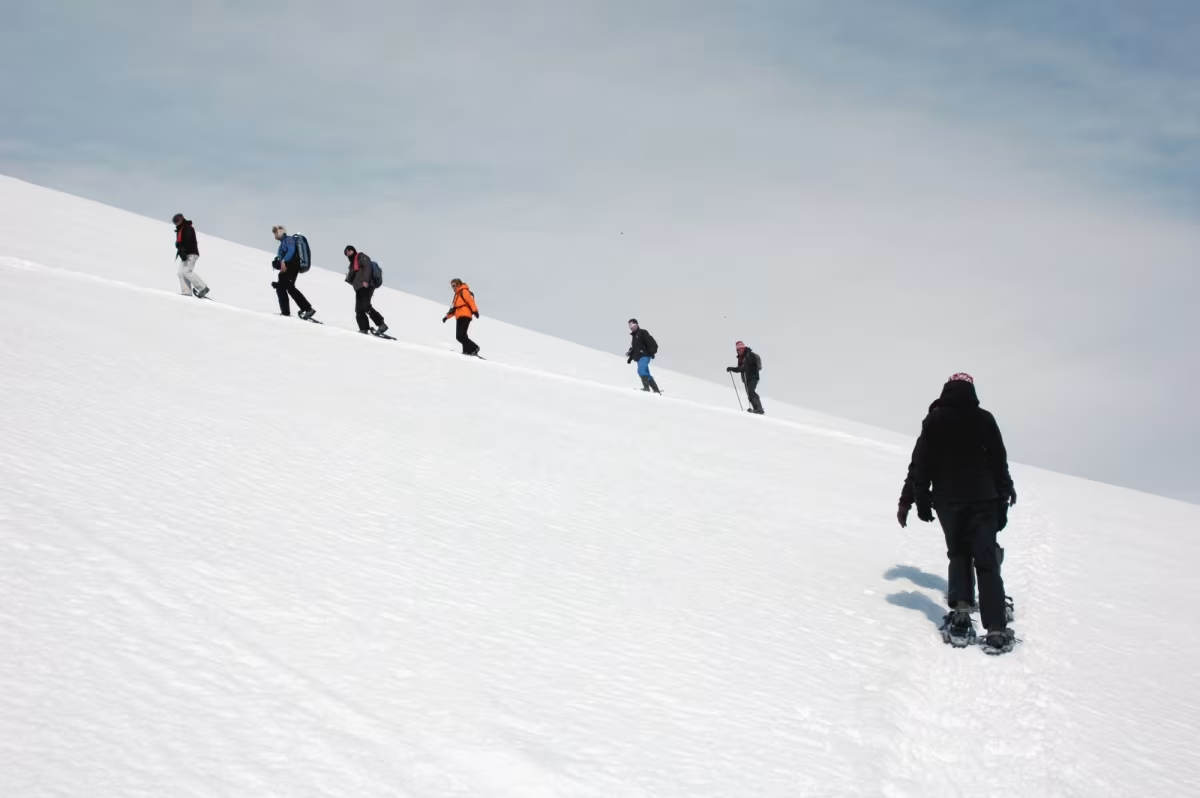
Based on the success of those initial voyages, Lindblad built the 104-passenger Lindblad Explorer in 1969, expanding his tours to the Canadian Arctic.
After this, the way was essentially paved.
New routes, new ships, and new companies formed throughout the ensuing decades, especially in the 1990s: Poseidon, Quark, and of course, Oceanwide Expeditions in 1993.
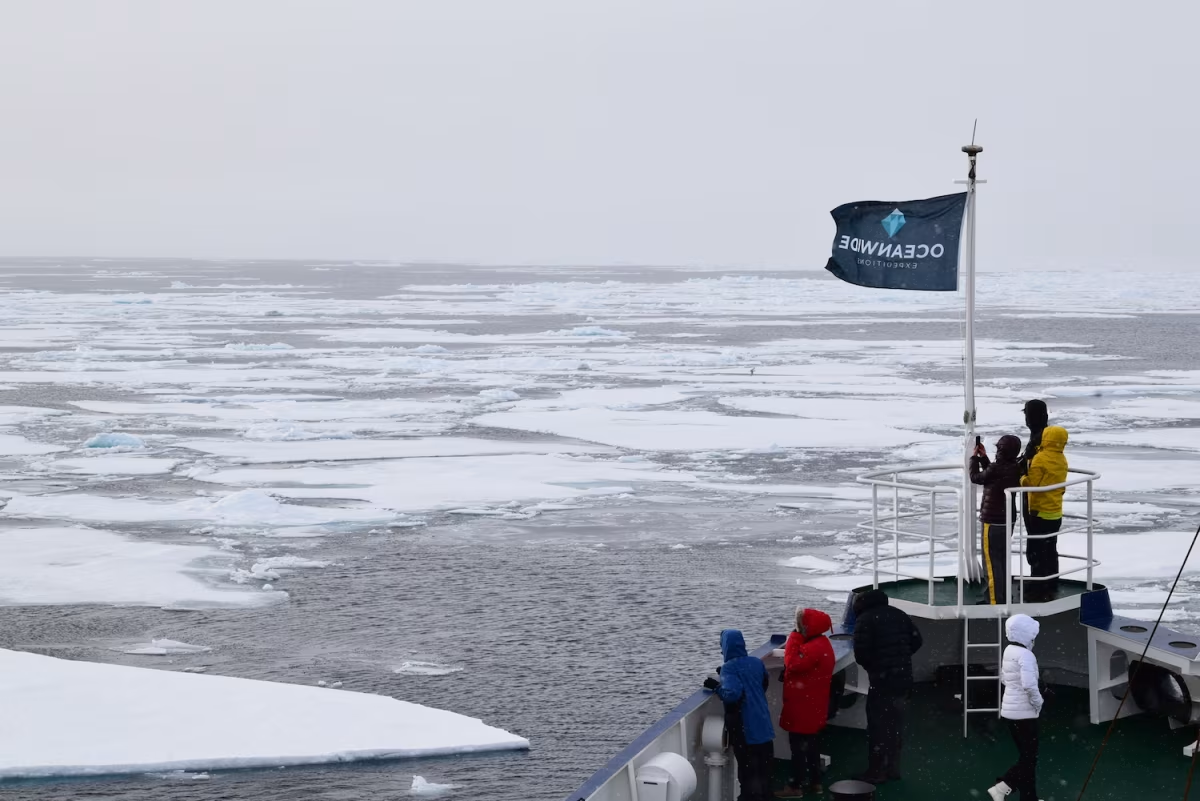
Establishing a few firsts of its own, OEX became the first polar tour operator to deploy all-civilian cruises to Spitsbergen.
Oceanwide also innovated the Antarctic “basecamp cruise” concept, now a patented voyage in which passengers embark on multiple outdoor activities from a stationary vessel that acts as a basecamp.
And most recently, OEX built Hondius, the first-registered Polar Class 6 vessel in the world.
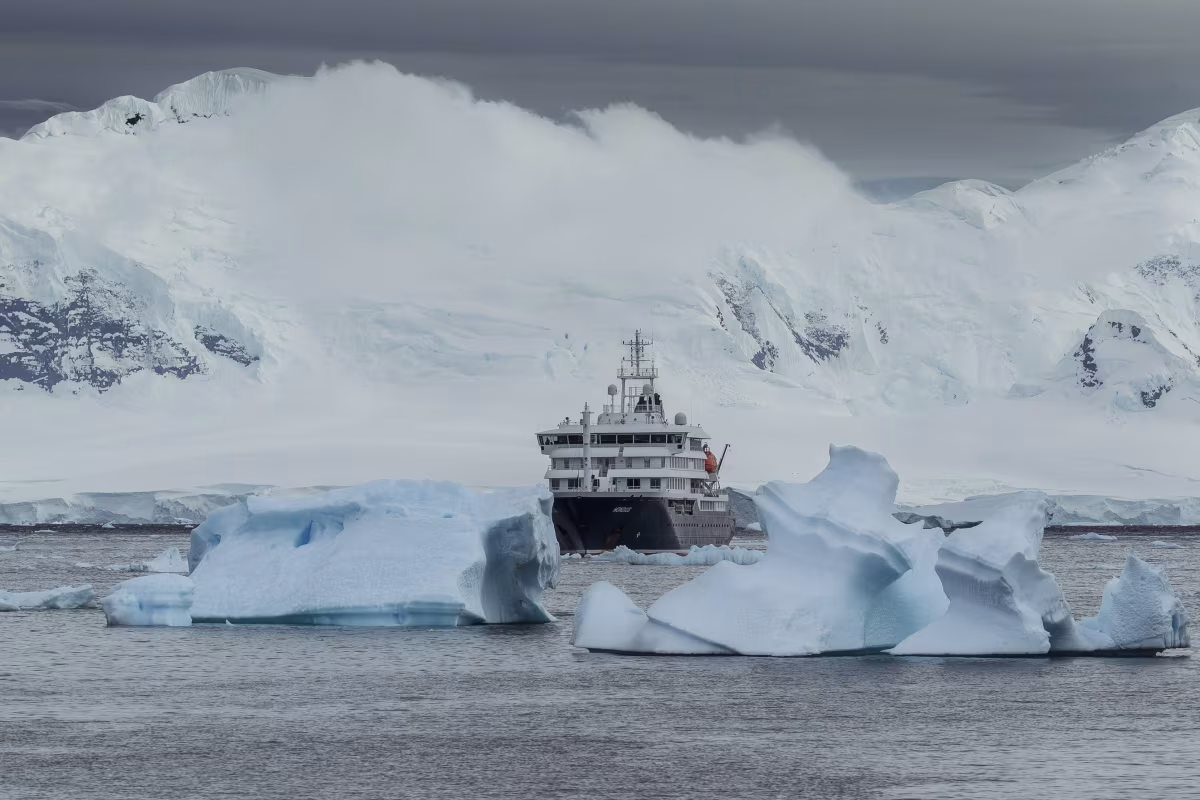
The modern method of Arctic and Antarctic travel
By the late 1990s and early 2000s, the majority of today’s polar travel standards had been formed and refined, and they go generally as follows:
Landings are organized into three-hour excursions attempted twice per day if weather, ice, and wildlife conditions permit. The large vessels carry around 300-400 passengers, but the nimbler small-scale ships stick to about 100, which is also the maximum group outing size.
Tough inflatable Zodiac boats, and in rarer instances helicopters, are the usual conveyance to and from landings. These outings comprise the chief activity of polar cruises and are led by trained expedition guides, usually in ratios of one guide for every 10 to 20 passengers.
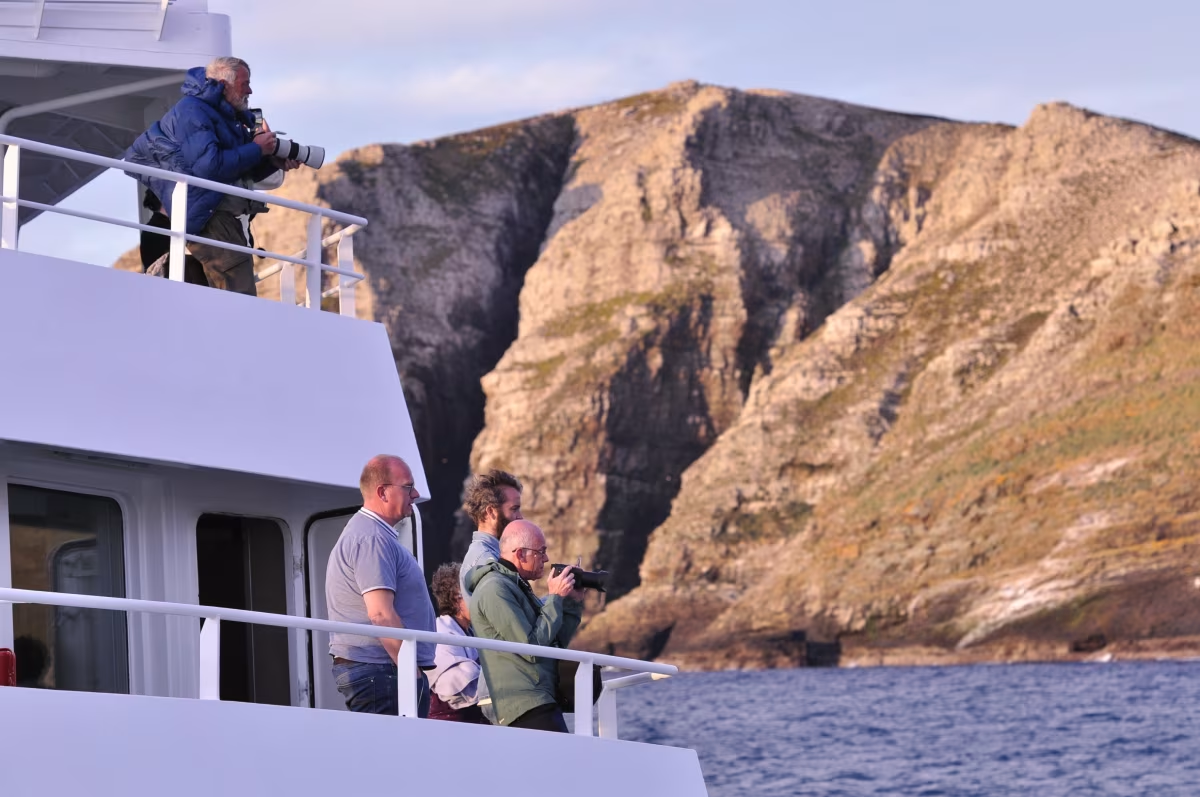
Guides are typically seasonal contract workers with extensive outdoors experience, and many also have backgrounds in natural sciences. They may even be well-trained in activities like hiking, mountaineering, skiing, kayaking, photography, or polar scuba diving.
Antarctic voyages usually depart from and return to south America, either from the port of Ushuaia or Puerto Madryn. Arctic cruises, on the other hand, most often embark and disembark in Longyearbyen or Akureyri.
And while the cruises themselves have become more intricate, so too have the entities founded to protect polar passengers, wildlife, and the environment.
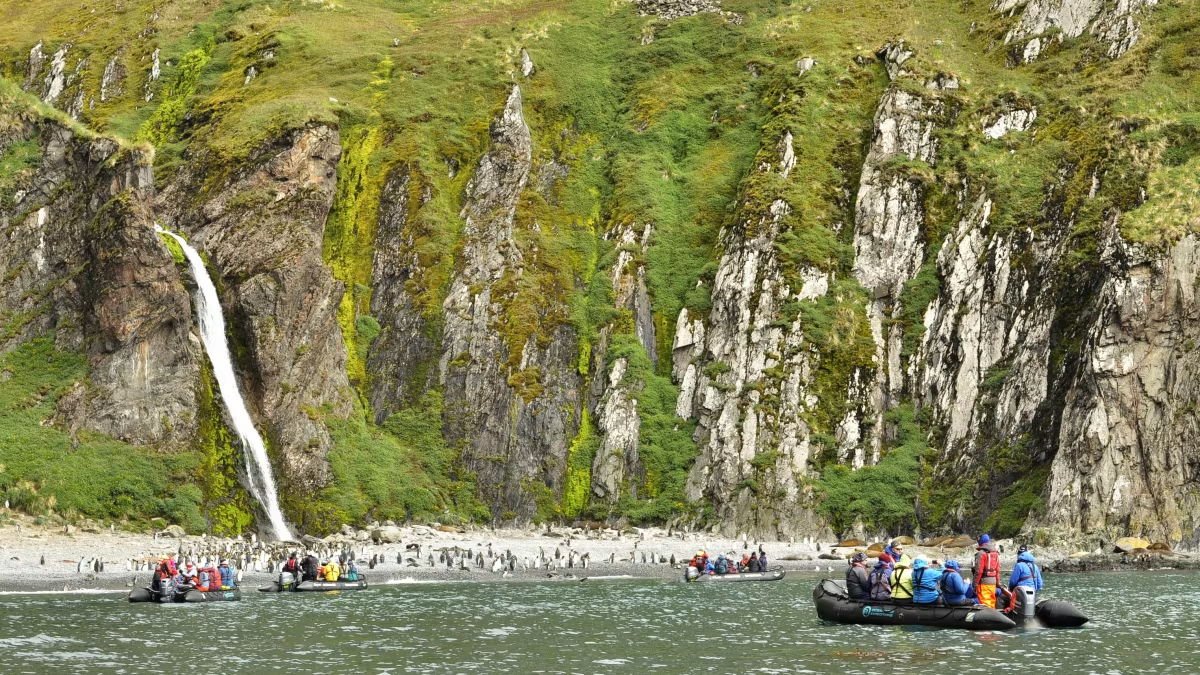
One such entity is the International Association of Antarctic Tour Operators, started in 1991 to “advocate and promote the practice of safe and environmentally responsible private-sector travel to the Antarctic.”
Oceanwide is a full member of IAATO, proudly upholding (and in some cases, initiating) its invaluable guidelines.
The same goes for the Association of Arctic Expedition Cruise Operators, formed in 2003, which provides guidelines for areas like Arctic Canada, the Russian Arctic, Jan Mayen, Greenland, and Svalbard.
As with IAATO, Oceanwide is a full member of AECO, and some of our staff even serve key functions within each organization’s various committees.
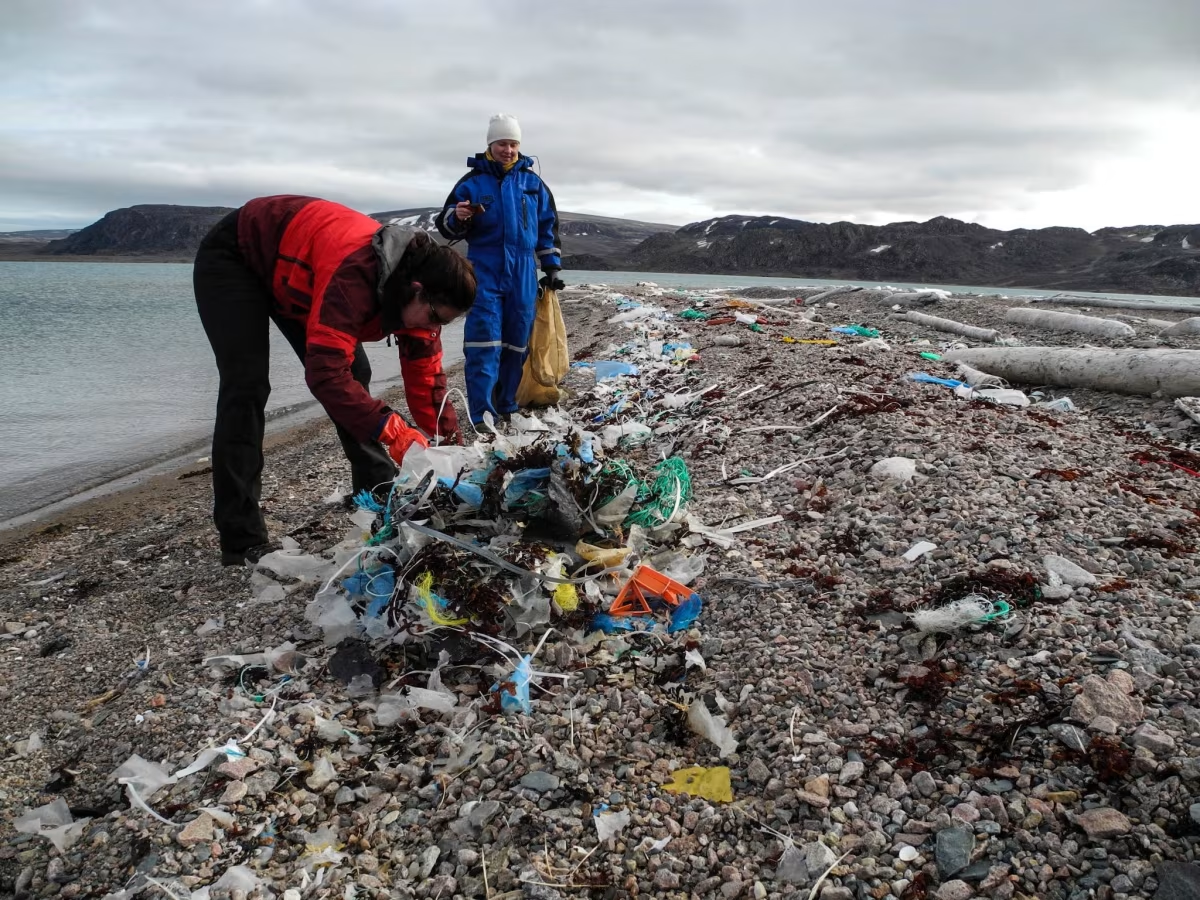
It is in part due to the accelerated growth of Arctic and Antarctic cruising that IAATO and AECO are so vitally important.
Since 1989, approximately 150 sites (including 20 research stations) have been visited in the Antarctic Peninsula region alone. And the new polar ships already on order for 2019 represent 42,488 additional berths, wiping out the 2018 record of roughly 34,000 new berths.
Those extra spaces mean a lot of new feet treading into the polar regions, which means it’s more crucial than ever to make sure these regions remain protected and pristine.
But on the other hand, how likely are these regions to touch our hearts if they’re not seen in person – or only seen by the privileged few? Because as every polar traveler will tell you, pictures are a poor substitute for being there.
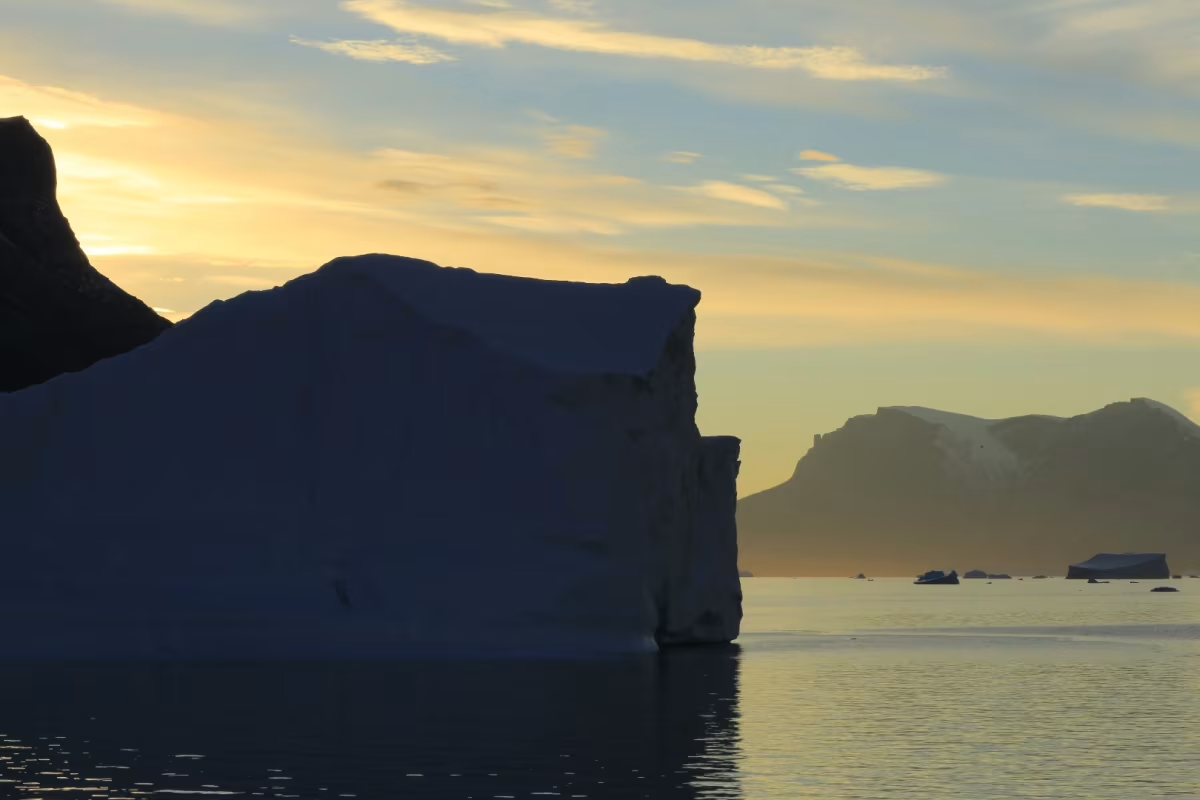
The upside of expedition cruise tourism
One can certainly find ample proof that expedition tourism, or virtually any kind of tourism, impacts natural environments and their native species.
After all, nothing exists within a closed system, especially not smartphone-sporting tourists. Wherever you go, you’ve left a mark – however small, however permanent or easily erased, however pure or selfish your intentions, whether you wanted to or not.
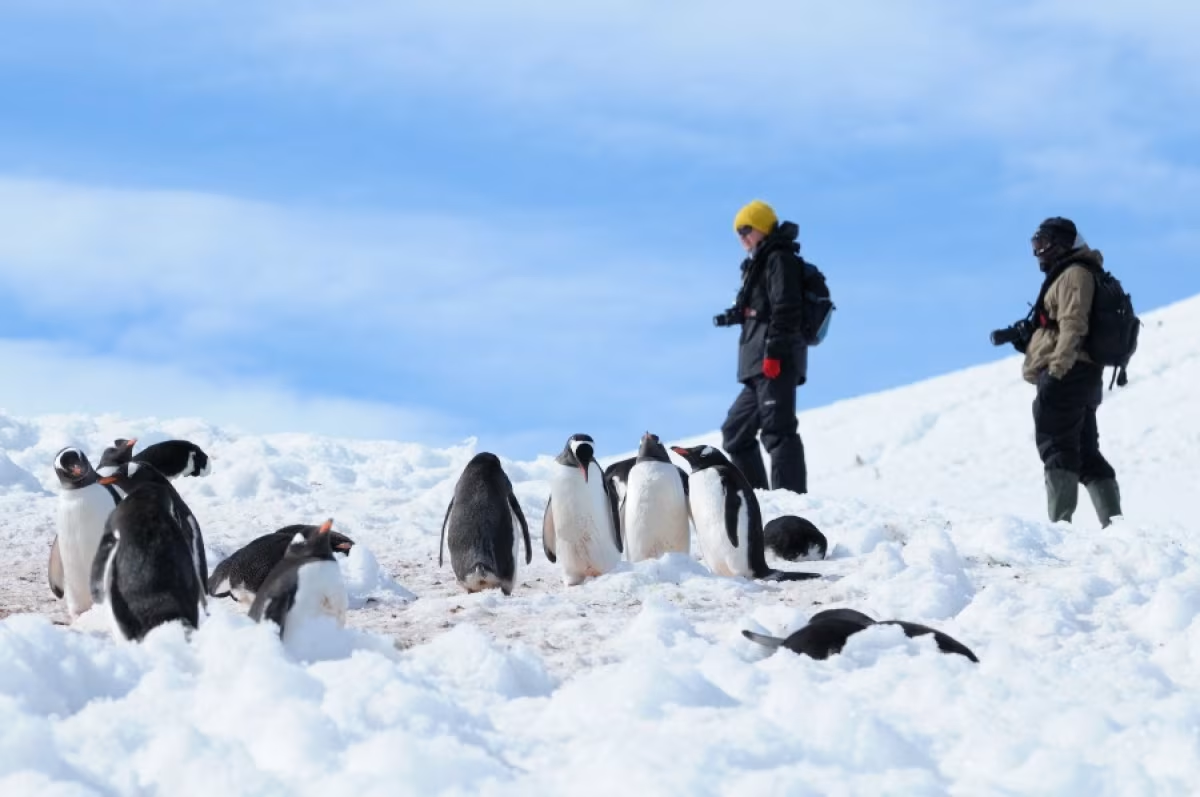
But there’s a flipside to that coin. And to get at it, let’s direct our attention back to Lars-Eric Lindblad.
Lindblad was a renowned environmentalist, serving on the World Wildlife Fund and African Wildlife Foundation, and his voyages were explicitly bent toward fostering an appreciation for remote and little-known areas of the planet.
Because of this, Lindblad became known as the father of ecotourism.
For his conservation work, he was awarded the Order of the Golden Ark by the Netherlands, made a Knight of the Polar Star by the king of Sweden, and had a large cove on the Antarctic Peninsula named Lindblad Cove in his honor.
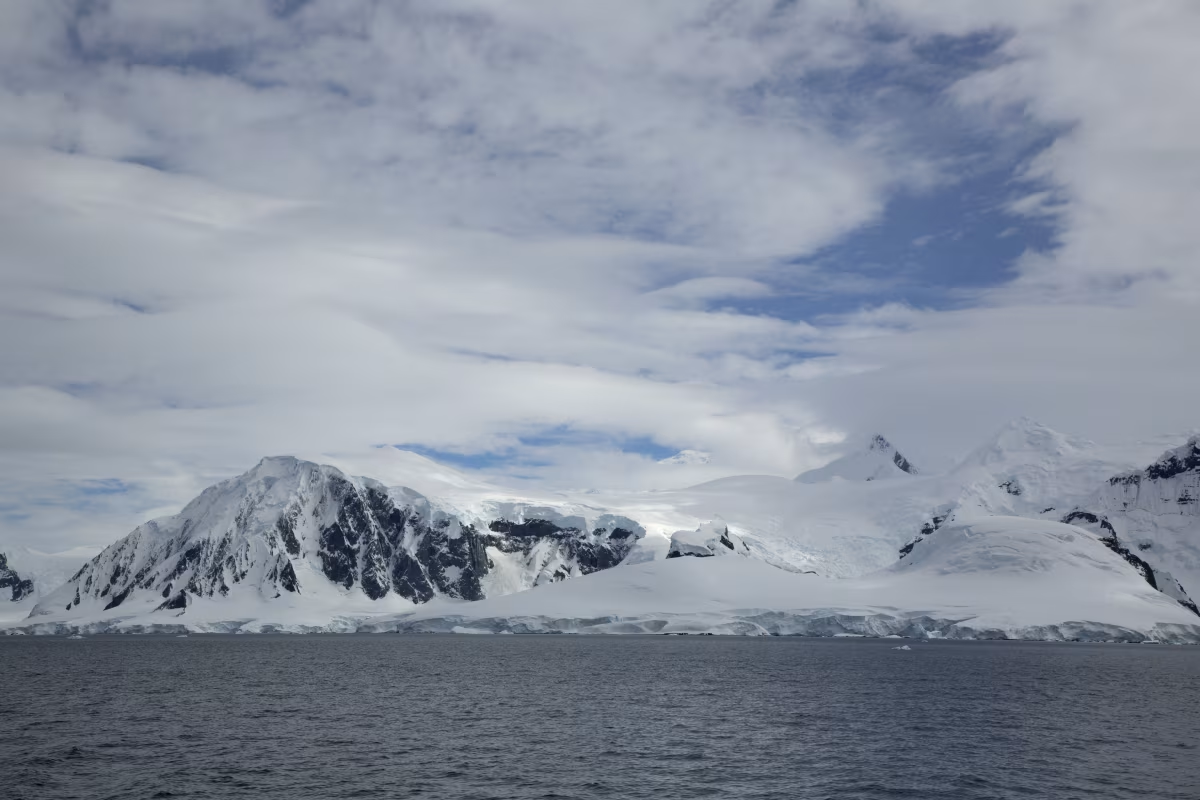
Now, you could say his motives were primarily financial and that his environmental work was merely a biproduct of his business ambitions, or worse yet, a form of whitewashing.
You could also say that not all travelers or companies comport themselves so graciously as Lars-Eric Lindblad. And it’s certainly true that those who don’t are part of why IAATO and AECO need to exist.
But the fact remains that a great many people who see the polar regions firsthand return with a new and very personal respect for these precious ecosystems.
This is probably no mere coincidence.
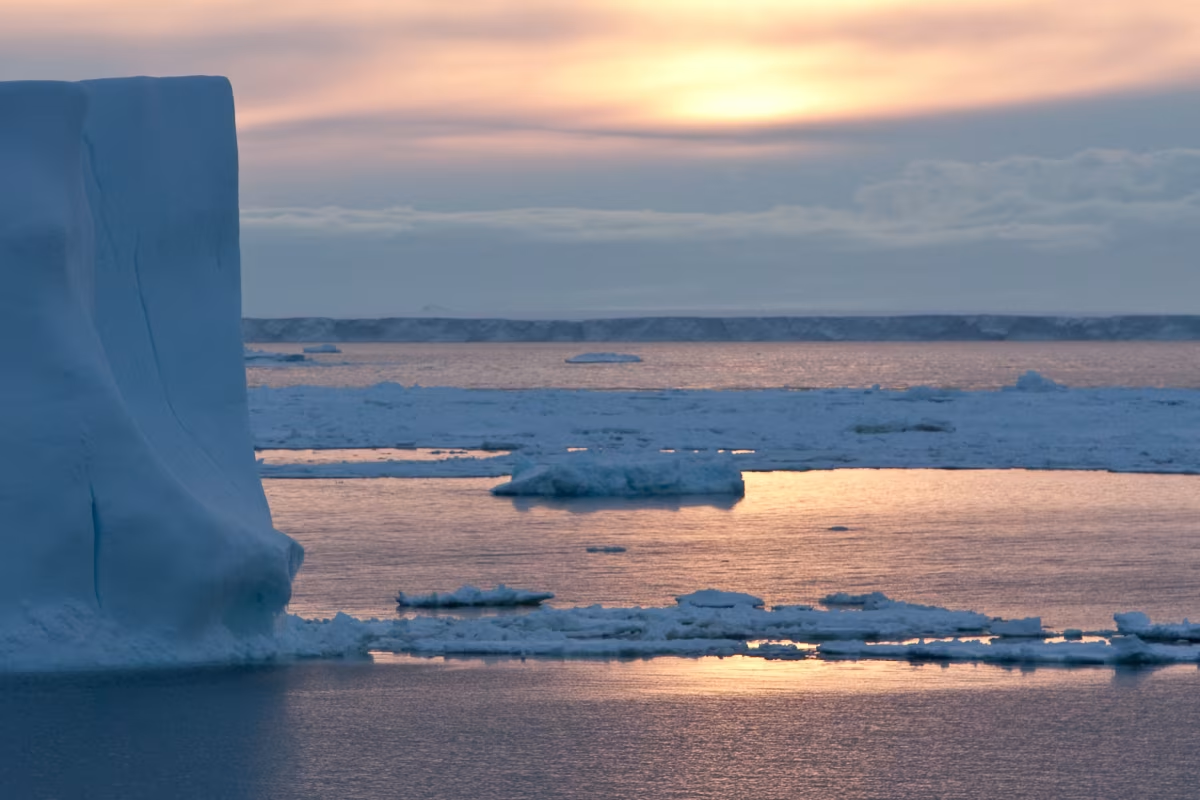
Nevertheless, a balance must continually be found between exposure and exploitation, and balances are always more difficult than extremes.
But all you have to do is see these regions for yourself, in the right way – as an environmentally respectful traveler with an ecologically conscious company – and the value of keeping them open to careful human visitation becomes glaringly apparent.
And this, we feel, is a tradition worth continuing.
